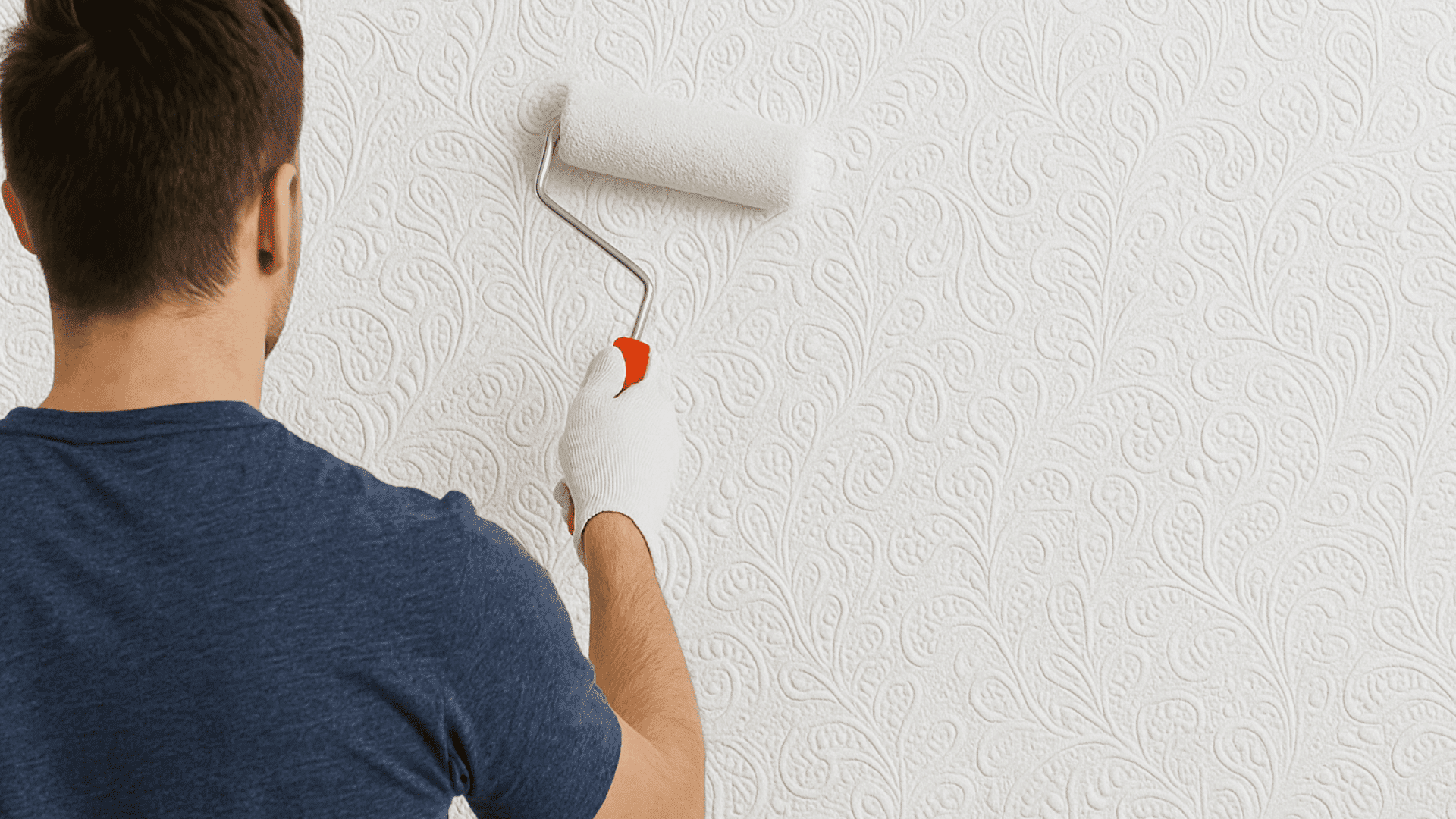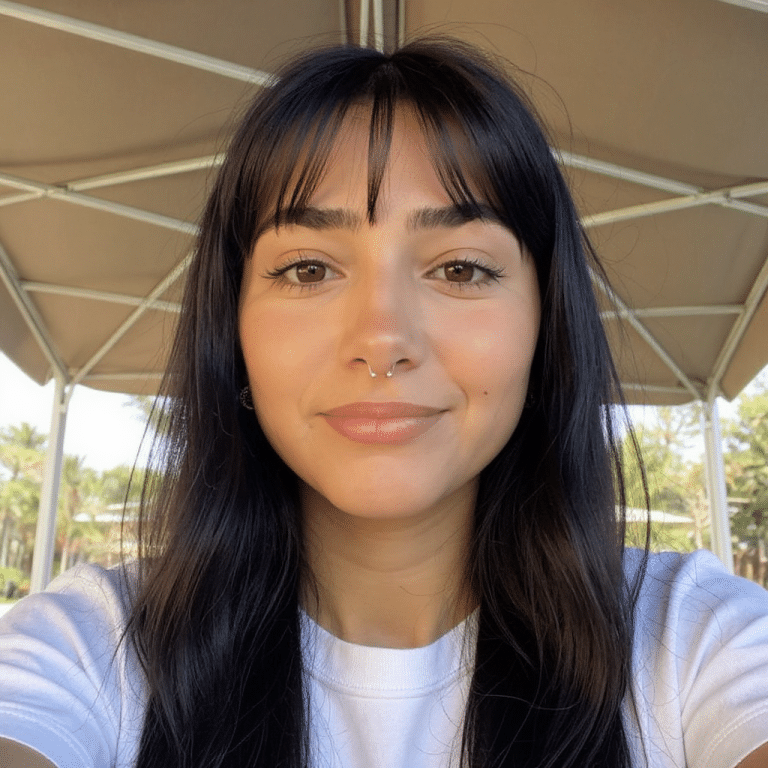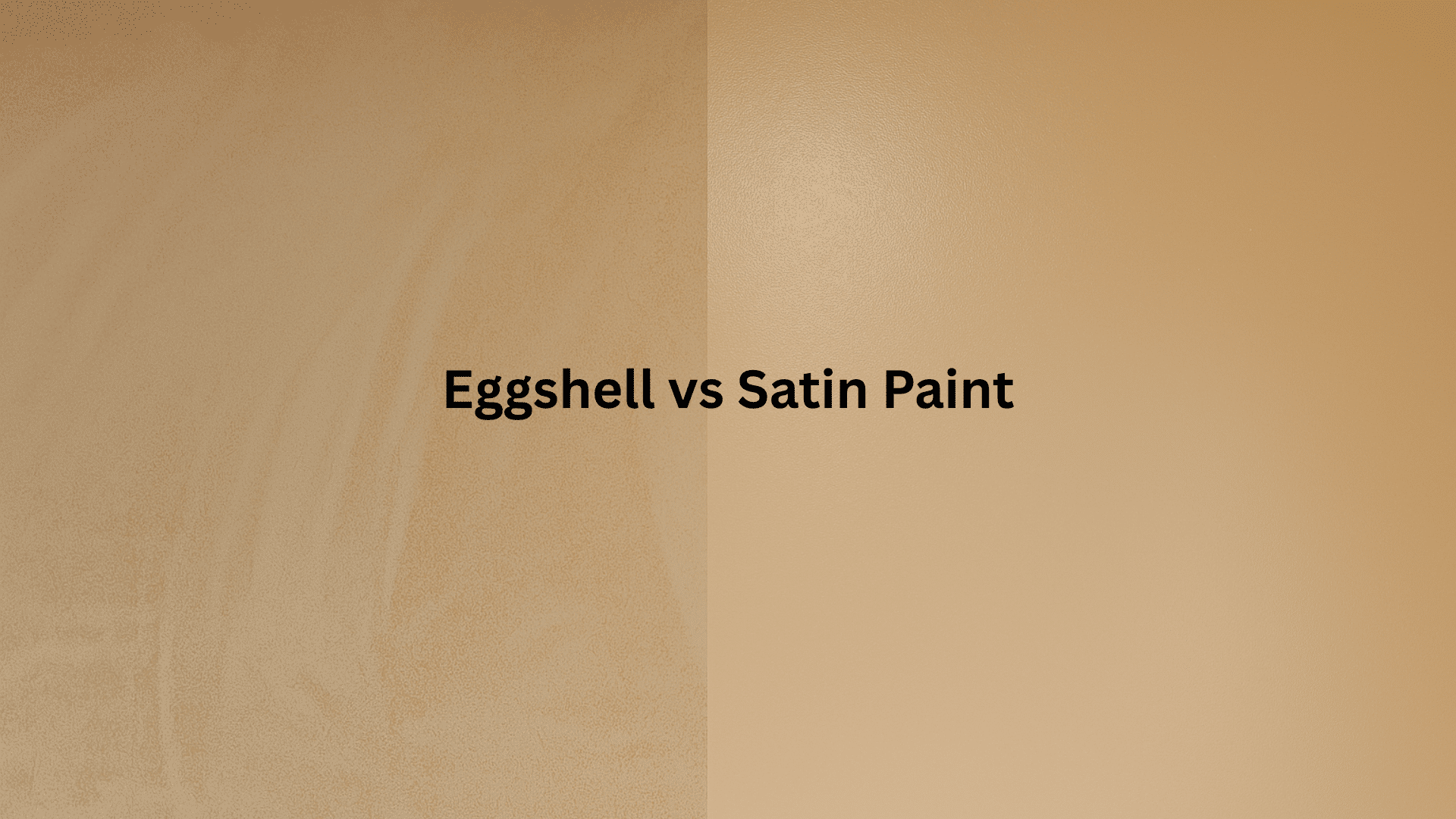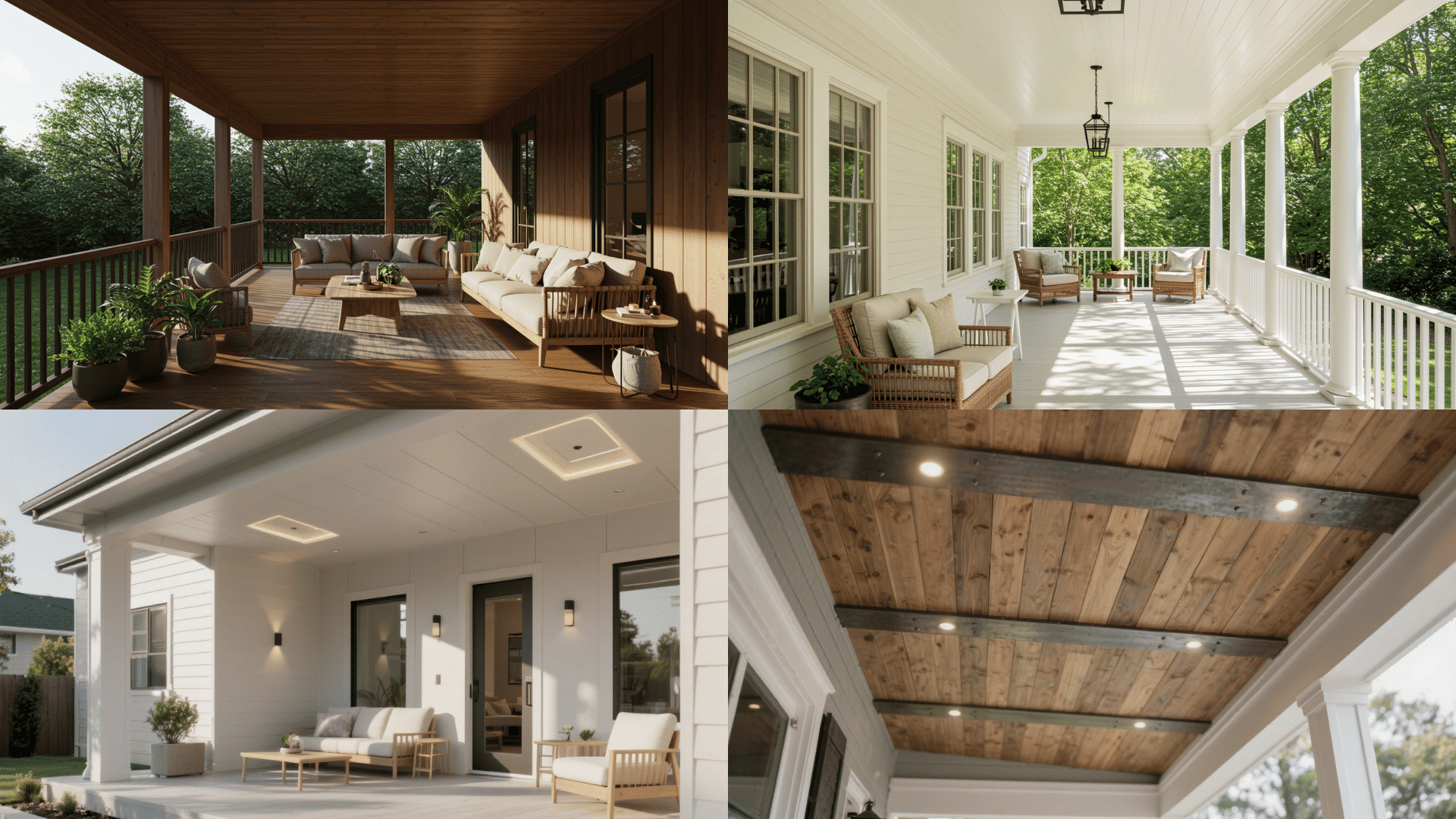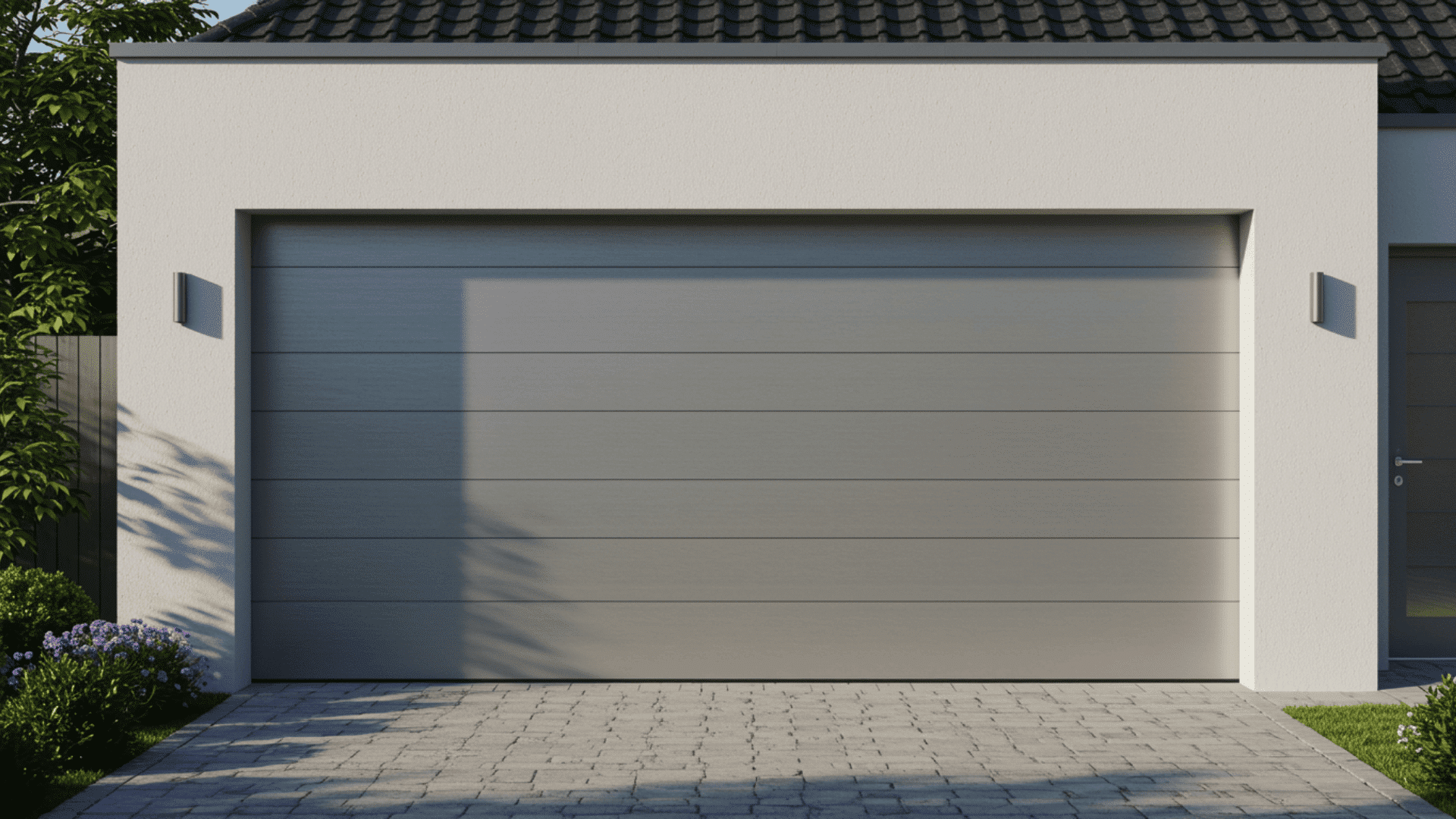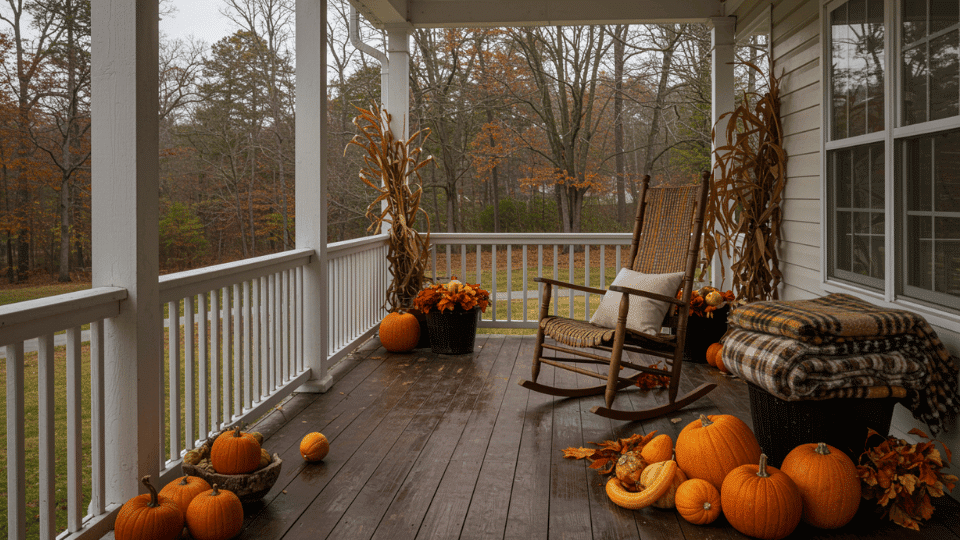Wall textures are everywhere around us, but most people don’t think much about them. These patterns on your walls can be smooth, bumpy, swirled, or rough, and each type changes how a room looks and feels.
Some textures catch light or hide flaws, and I’ve noticed they change a room’s entire feel.
The right texture affects everything from sound to how spacious a room feels, and knowing your options can completely changes any space in your home.
How Do Different Wall Textures Affect Interior Design?
Wall texture isn’t just decorative; it actually shapes how we experience a room. The way light interacts with different wall textures creates shadows and depth that can make spaces feel larger, cozier, or more lively.
Smooth wall textures give modern spaces a clean, bright look, while rough textures add warmth and hide flaws, making them ideal for rustic or older homes.
Plus, they add visual interest without needing artwork or wallpaper. The right texture can completely shift your room’s personality.
When Is the Best Time to Apply Wall Textures?
The perfect moment to apply wall textures isn’t just about timing; it’s about sensing when your walls are ready to reveal their hidden character.
| STAGE | IDEAL TIMING AND TIPS |
|---|---|
| Drywall Prep | Install and sand the drywall; ensure dust is completely removed. |
| Priming | Apply primer for better adhesion and smoother texture. |
| Application Stage | Add texture before the final paint coat. |
| Environment | Keep humidity low; ensure good ventilation. |
| Testing | Try a small section to confirm the finish and effect. |
Common Types of Drywall Textures to Brighten Your Walls
Find the different types of drywall textures that can add depth, light, and personality to your walls, turning any plain space into a stylish statement.
1. Smooth Wall Texture

Smooth wall texture is the sleekest option out there; no bumps, no patterns. Achieving this requires multiple coats of joint compound, careful sanding, and a lot of patience.
- Key Characteristics: Completely flat with no visible texture; requires expert finishing and multiple sanding passes; shows imperfections easily, so prep work is critical
- Visual Style: Modern, minimalist, and refinement
- Where to Use: Ideal for living rooms, bedrooms, and hallways in contemporary homes
2. Orange Peel Texture
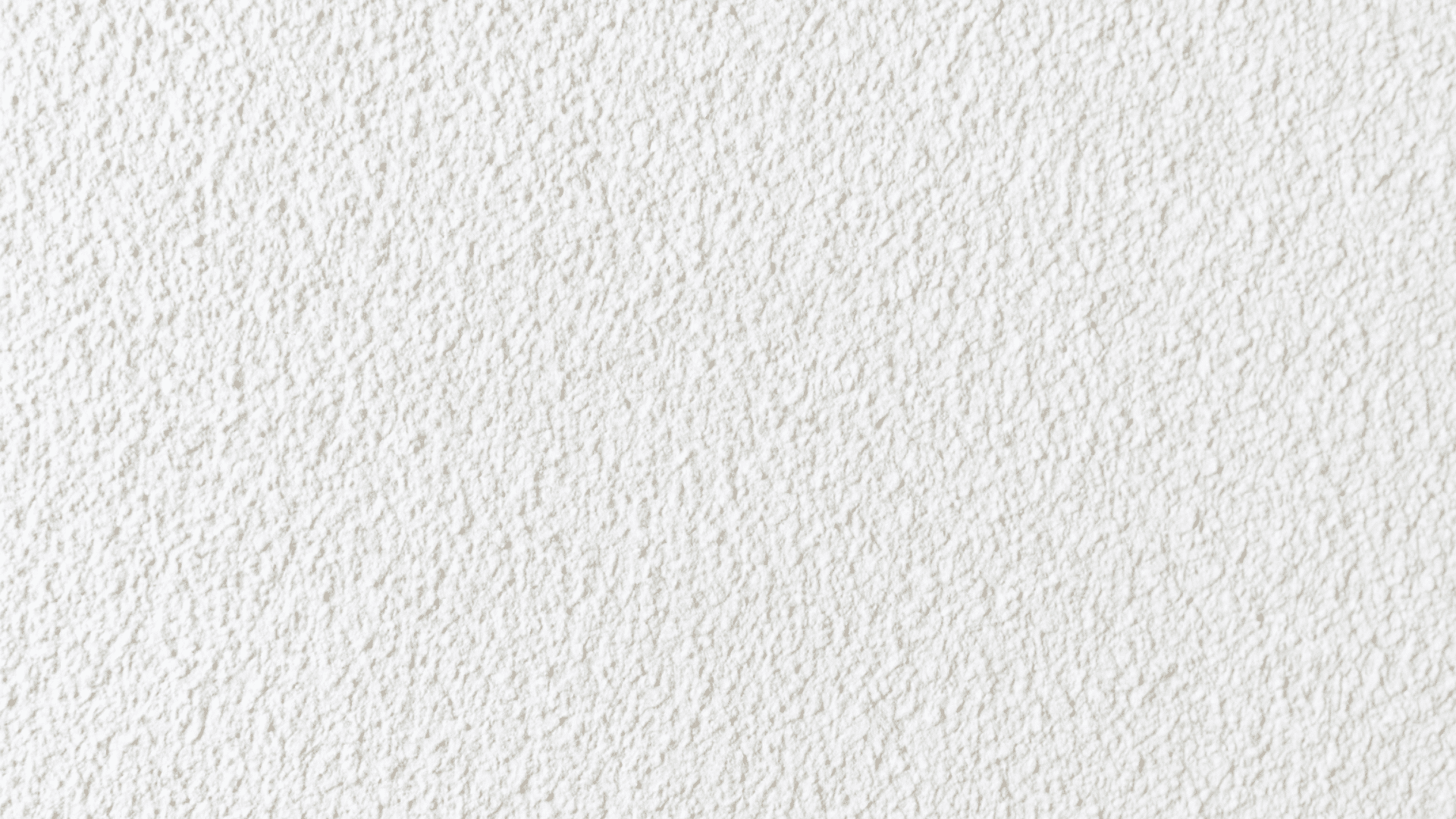
Orange peel texture is made by spraying a thin drywall compound mixture, creating a subtle, bumpy finish. It’s popular for hiding imperfections while appearing polished.
- Key Characteristics: Light, evenly distributed bumps; easy to apply with a spray gun; subtle enough for most design styles
- Visual Style: Casual and all-rounder
- Where to Use: Perfect for family rooms, bedrooms, and home offices
3. Knockdown Texture
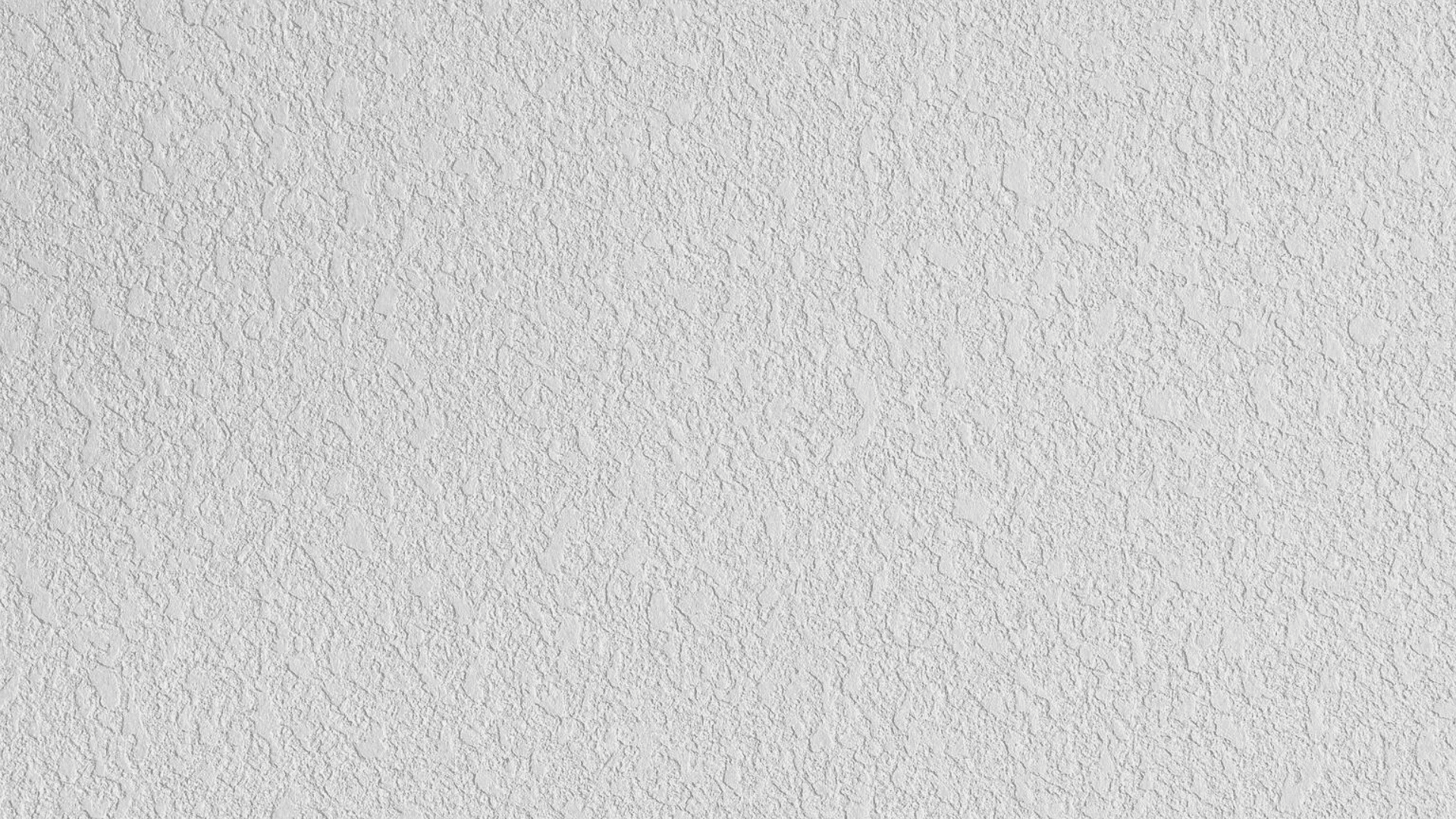
Knockdown texture starts like orange peel but gets smoothed down slightly with a trowel before it dries. The result is a flatter, more organic pattern that adds depth without being too bold.
- Key Characteristics: Irregular, flattened peaks; requires timing to “knock down” at the right moment; hides wall flaws effectively
- Visual Style: Rustic yet refined; popular in Southwestern and Mediterranean-style homes
- Where to Use: Great for living rooms, dining rooms, and master bedrooms
4. Skip Trowel Texture

Skip trowel is a hand-applied technique where joint compound is unevenly spread on the wall with a trowel, creating a textured, artistic finish that adds character to any space.
- Key Characteristics: Irregular, handcrafted appearance; requires skill and practice; highly customizable based on trowel pressure
- Visual Style: Mediterranean, Tuscan, or Spanish-inspired
- Where to Use: Stunning in entryways, dining rooms, and wine cellars
5. Popcorn Texture

Popcorn texture was wildly popular in the ’70s and ’80s, especially on ceilings. It’s applied with a spray gun, creating a bumpy, three-dimensional surface that looks like popcorn.
- Key Characteristics: Heavy, bumpy texture; difficult to clean and repair; may contain asbestos in older applications
- Visual Style: Dated and retro; rarely used in new construction today
- Where to Use: Mostly seen on ceilings in older homes
6. Sand Swirl Texture
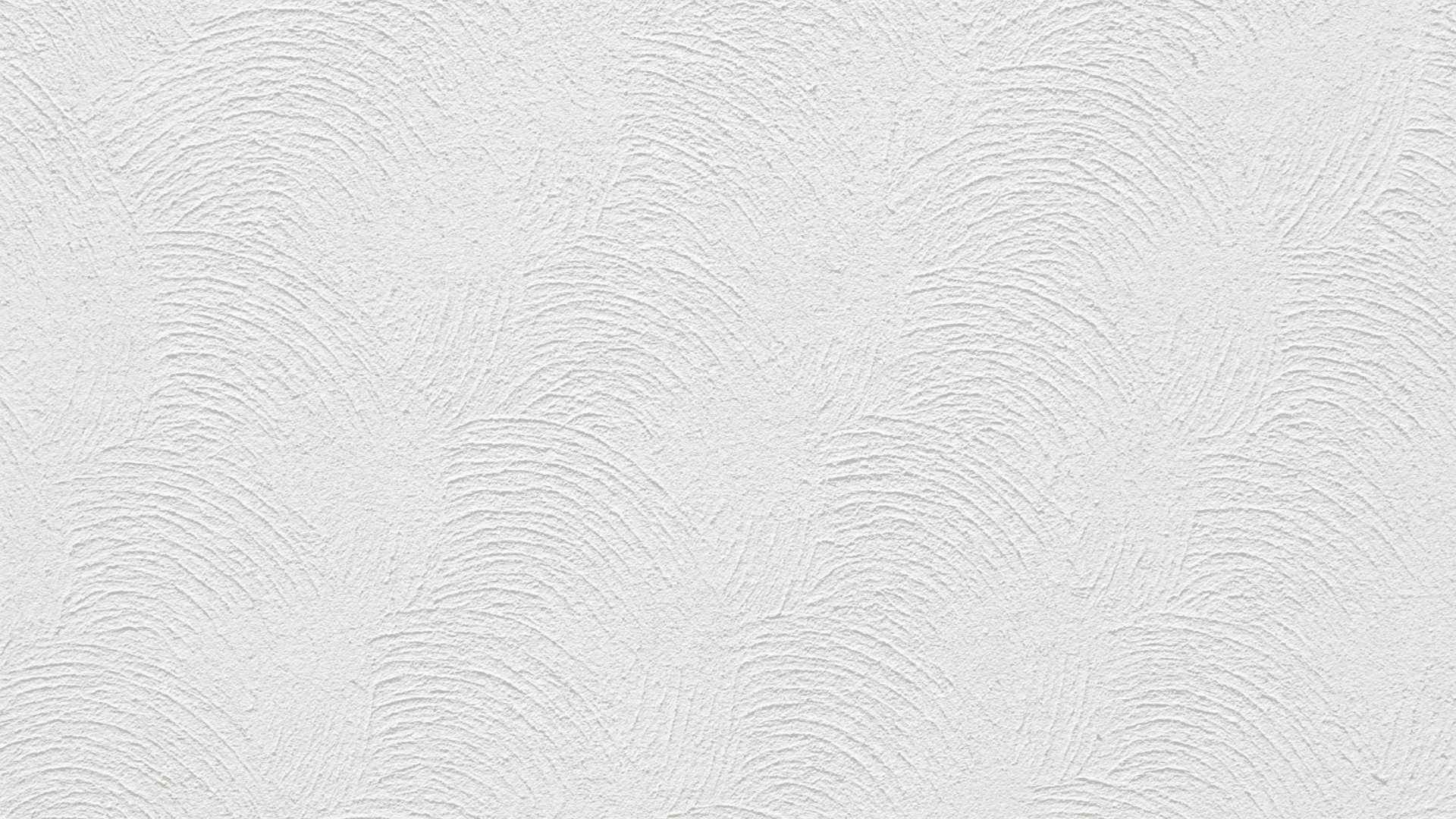
Sand swirl involves mixing fine sand into joint compound and applying it in circular, swirling patterns. It’s a playful option among the different types of wall texture and works well in spaces where you want a bit of movement.
- Key Characteristics: Circular or arcing patterns; sand adds subtle shimmer; can be done with brushes or trowels
- Visual Style: Whimsical and textured; adds visual flow and energy
- Where to Use: Fun for kids’ bedrooms, playrooms, or creative studio spaces
7. Comb Texture
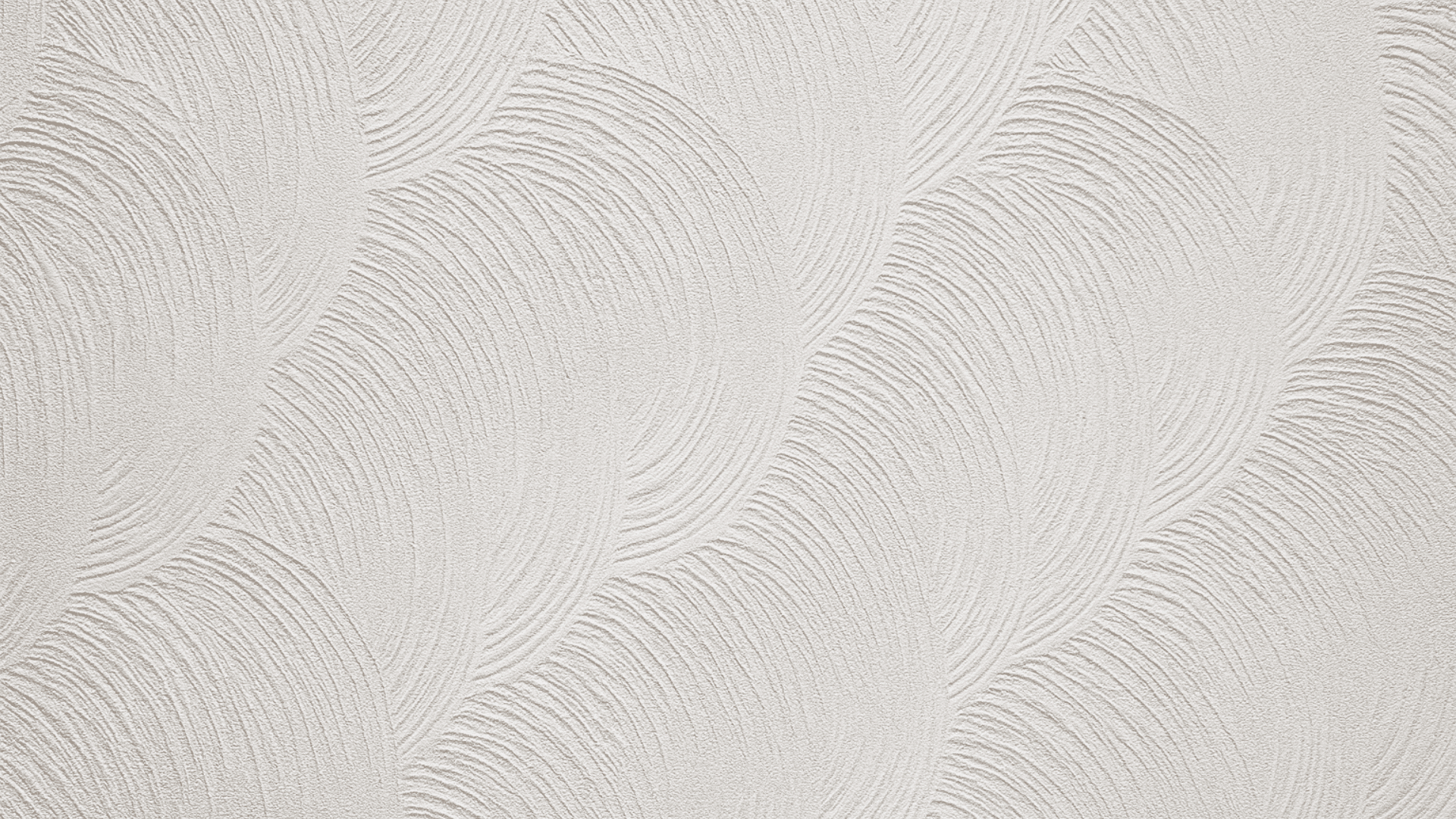
Comb texture is created by dragging a toothed tool through wet joint compound, leaving behind parallel lines or patterns like rainbows, fans, or waves.
- Key Characteristics: Distinct, repeating patterns; highly visible and decorative; requires steady hand and planning
- Visual Style: Retro and bold; has a ’70s or ’80s vibe
- Where to Use: Best as an accent wall in dens, basements, or retro-themed spaces
8. Slap Brush Texture

The slap brush (also called the stomp brush) is applied by pressing a large brush into the wet compound, then pulling it away to create a raised, spiky pattern.
- Key Characteristics: Raised, spiky peaks; creates strong shadows; labor-intensive to apply
- Visual Style: Bold and rustic; great for cabins or eclectic interiors
- Where to Use: Works well in basements, man caves, or feature walls
9. Rosebud Texture
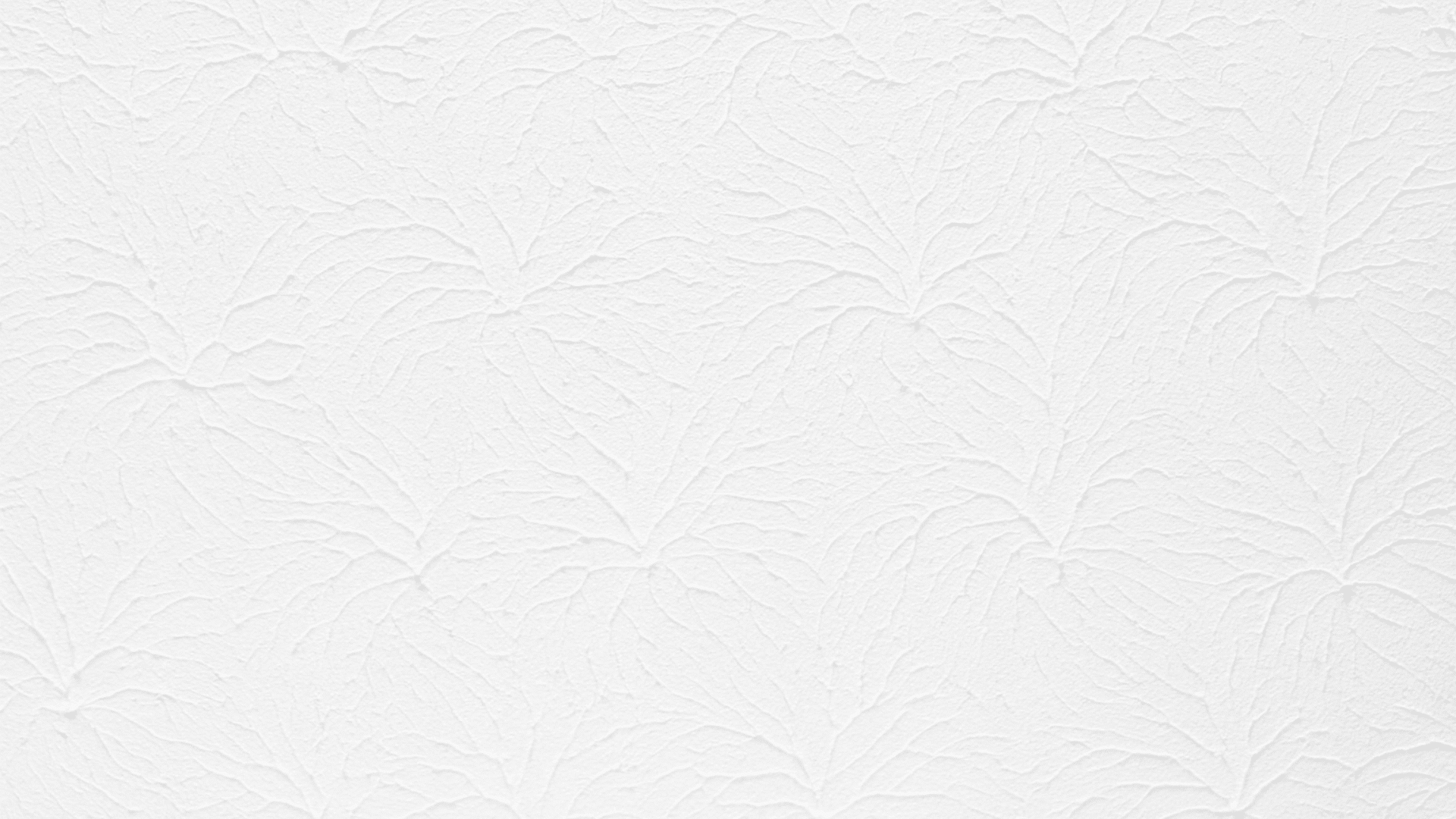
Rosebud texture uses a specialized tool or brush to create small, flower-like patterns across the wall. It’s fine and decorative, offering a softer alternative to heavier textures.
- Key Characteristics: Small, circular rosette patterns; decorative and detailed; time-consuming to apply
- Visual Style: Stylish and vintage; has a Victorian or cottage feel
- Where to Use: Beautiful in powder rooms, bedrooms, or vintage-style dining rooms
10. Hawk and Trowel Texture
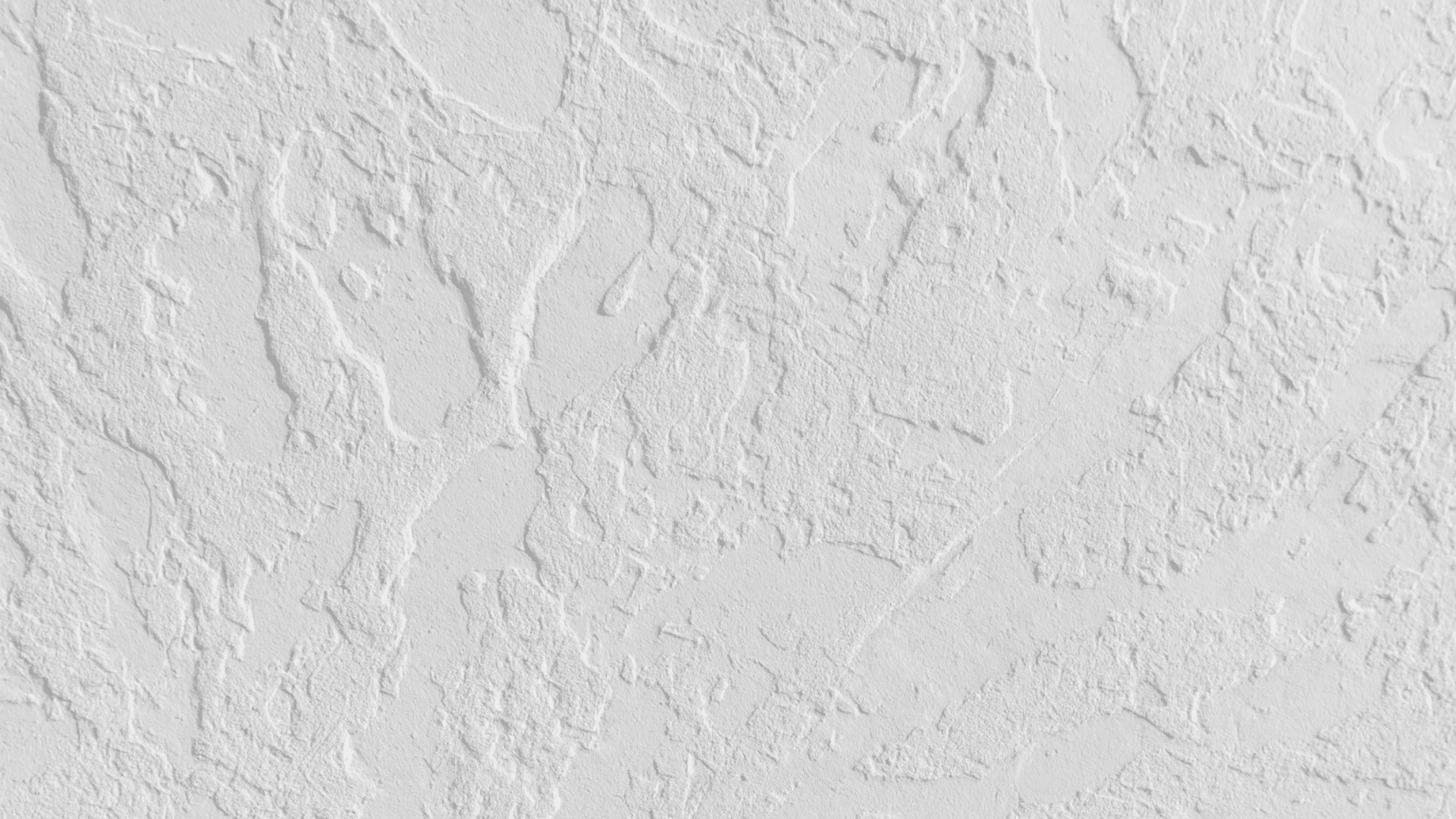
This is a hand-troweled technique where compound is applied in smooth, sweeping strokes, leaving visible trowel marks. The hawk and trowel method gives walls an artisan, plaster-like finish.
- Key Characteristics: Smooth with visible trowel lines; requires skill and patience; creates subtle depth
- Visual Style: Artisan and refined
- Where to Use: Stunning in living rooms, master bedrooms, and upscale dining areas
11. Venetian Plaster Texture

Venetian plaster is a high-end finish made from lime plaster applied in thin layers and burnished to a smooth, marble-like sheen. It’s luxurious, ageless, and one of the most stylish wall textures available.
- Key Characteristics: Smooth, polished, and luminous; requires multiple layers; often tinted with color
- Visual Style: Luxurious, Old World, and sophisticated; evokes Italian villas
- Where to Use: Perfect for formal living rooms, master suites, and upscale bathrooms
12. Santa Fe Texture
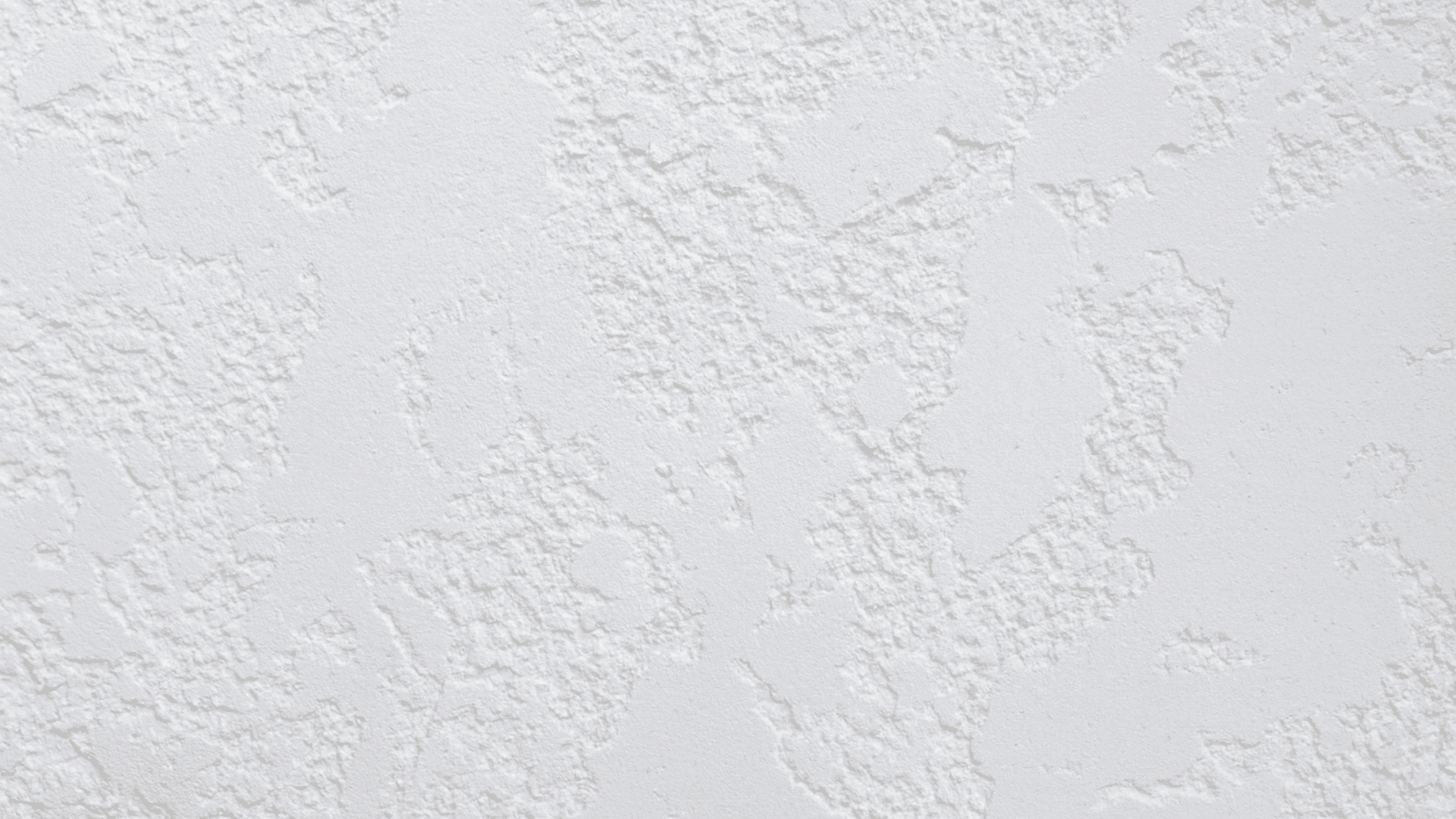
Santa Fe texture mimics the look of adobe walls, with a smooth yet slightly irregular surface that feels organic and earthy.
- Key Characteristics: Smooth with subtle irregularities; warm and organic; hand-applied for authenticity
- Visual Style: Southwestern, adobe, and desert-inspired—rustic yet refined
- Where to Use: Ideal for entryways, living rooms, and patios in homes with Southwestern architecture
13. Crow’s Foot Texture
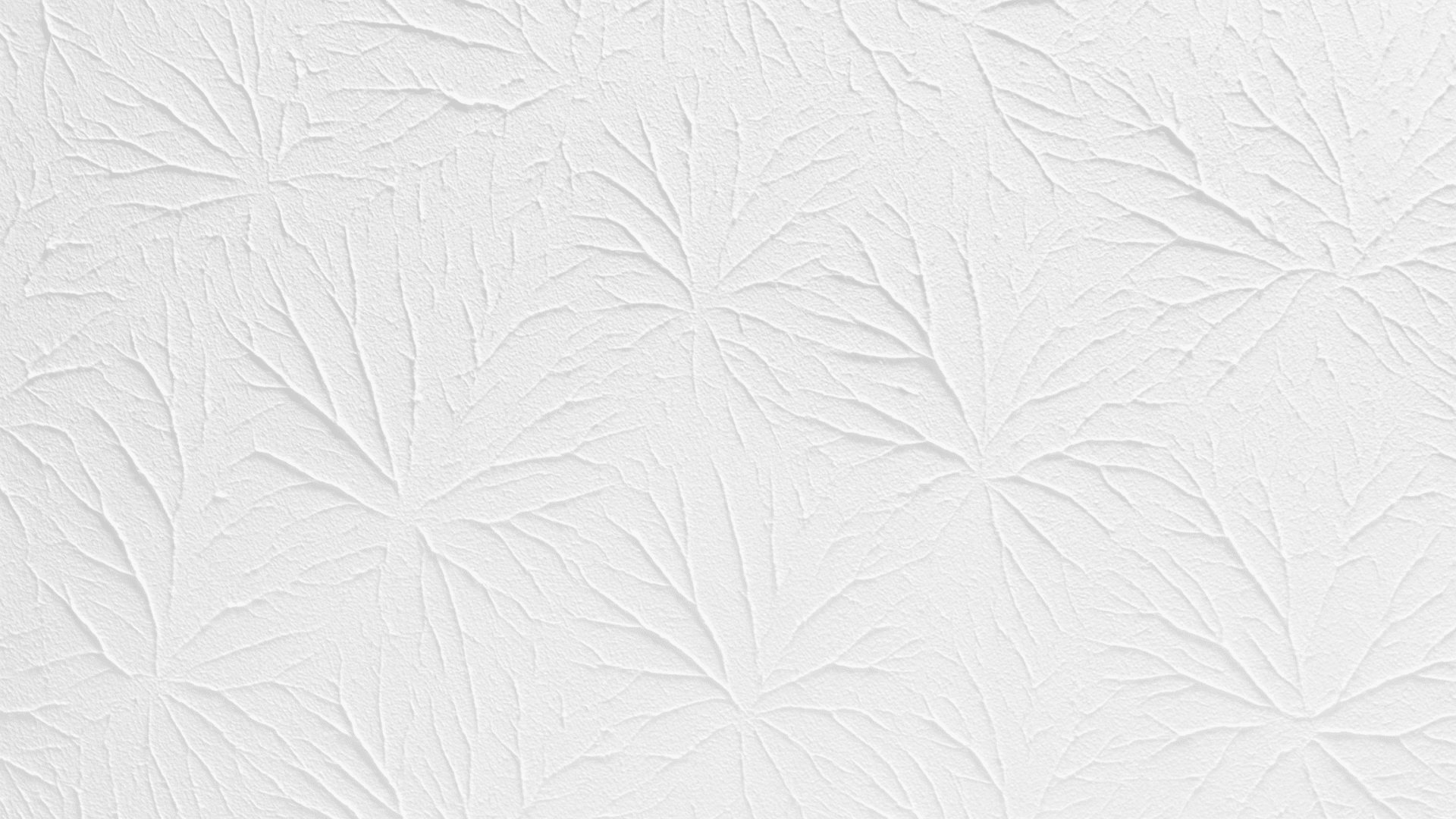
Crow’s foot is created by stomping a brush into wet compound and dragging it slightly, leaving behind foot-like or feathered patterns.
- Key Characteristics: Feathered, fan-like patterns; bold and noticeable; adds strong visual texture
- Visual Style: Rustic and dramatic
- Where to Use: Great for accent walls, basements, or casual family rooms
14. Lace Texture

Lace texture uses a special roller or brush to create delicate, lace-like patterns on the wall. It’s softer and more intricate than other types of wall texture, offering a romantic and vintage vibe.
- Key Characteristics: Intricate, lace-like patterns; delicate and decorative; requires specialized tools
- Visual Style: Romantic, vintage, and feminine
- Where to Use: Beautiful in bedrooms, nurseries, or powder rooms
15. Spray Sand Texture

Spray sand involves mixing fine sand with paint or primer and applying it with a spray gun. The result is a lightly textured, slightly gritty finish that’s easy to apply and hides imperfections well.
- Key Characteristics: Fine, sandpaper-like texture; easy to apply; hides minor wall flaws
- Visual Style: Subtle and neutral
- Where to Use: Common in apartments, rental properties, and commercial spaces
16. Stomp Knockdown Texture
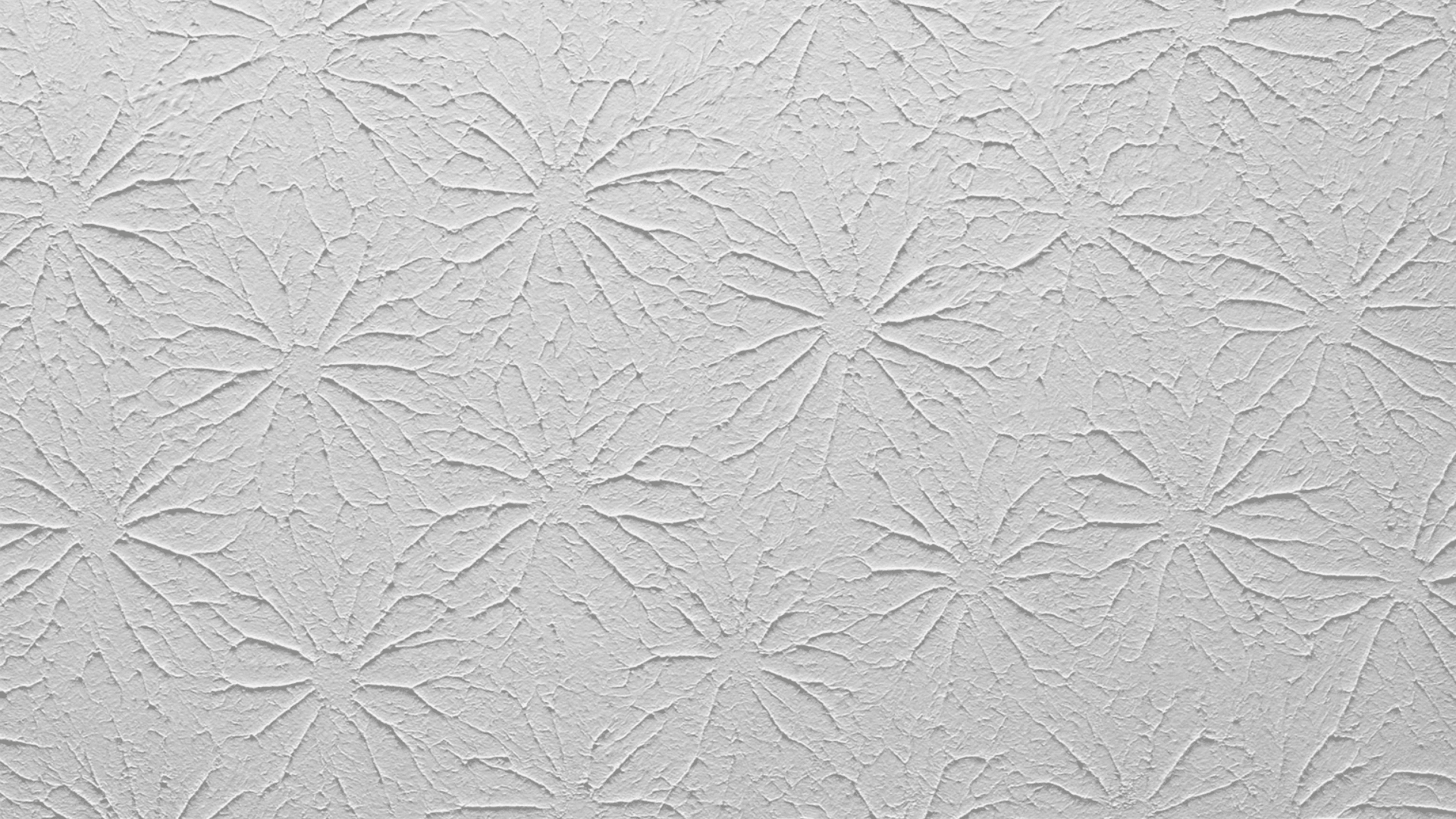
Stomp knockdown combines the stomp brush technique with the knockdown method. You stomp a brush into wet compound, then lightly flatten the peaks with a trowel.
- Key Characteristics: Textured but flattened; adds depth without being too bold
- Visual Style: Casual and organic
- Where to Use: Works well in living rooms, hallways, and bedrooms
17. Brick or Stone Faux Finish

This technique uses stencils, stamps, or hand-painting to mimic the look of brick or stone on drywall. It’s a decorative finish that adds architectural interest without the weight or cost of real masonry.
- Key Characteristics: Replicates brick or stone appearance; highly decorative; requires artistic skill or stencils
- Visual Style: Industrial, rustic, or farmhouse
- Where to Use: Perfect for accent walls in living rooms, basements, or restaurants and commercial spaces
18. Stucco Texture
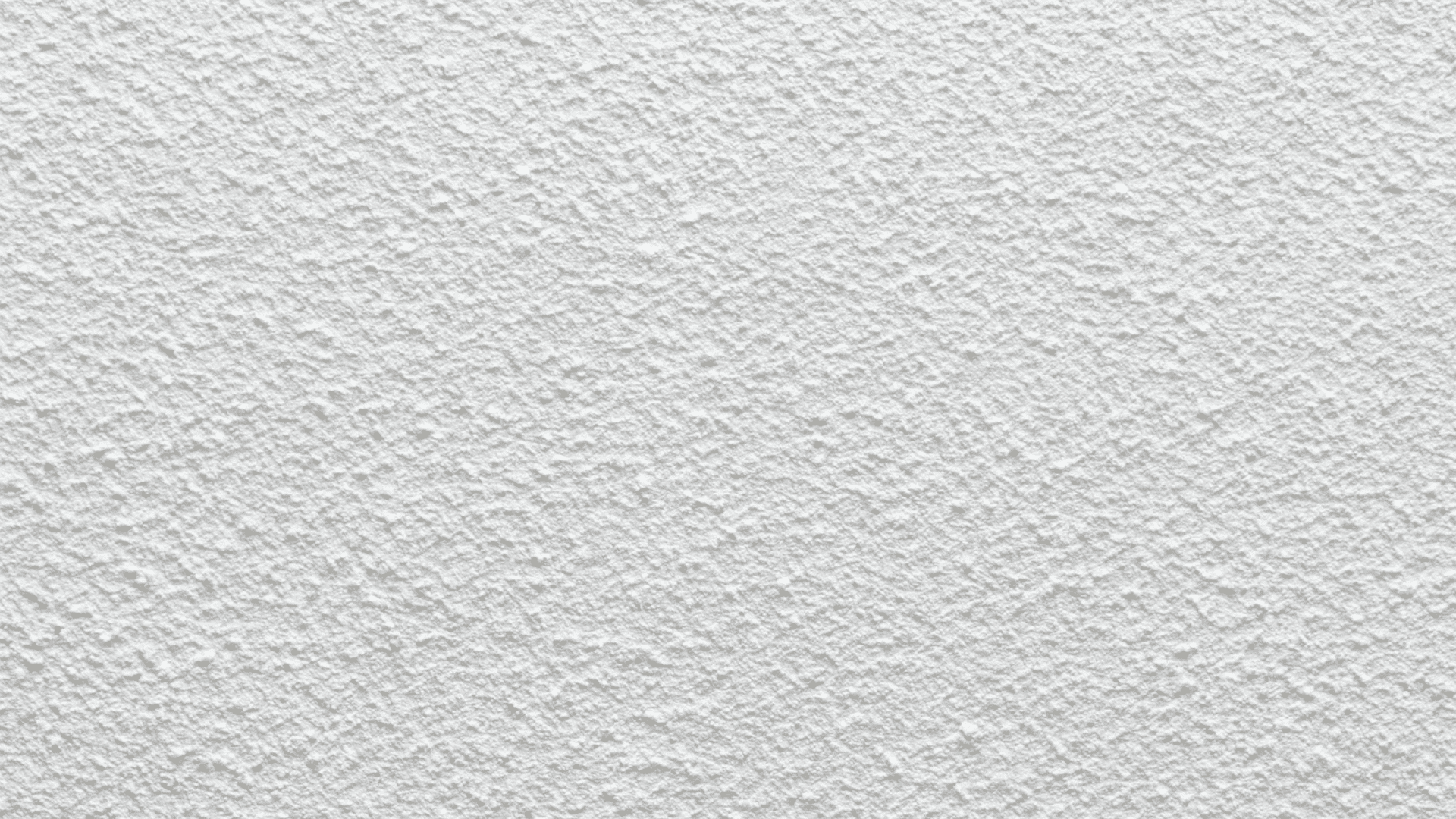
Stucco texture mimics the rough, earthy finish traditionally used on exterior walls. It’s thick, durable, and one of the heavier types of wall texture.
- Key Characteristics: Rough, thick, and heavily textured; very durable; hides major imperfections
- Visual Style: Mediterranean, Spanish, or Southwestern
- Where to Use: Great for entryways, patios, or sunrooms; adds character to accent walls
19. Trowel Finish

Trowel finish is a smooth, hand-applied technique where joint compound is spread thinly and evenly with a trowel, leaving subtle lines and variations.
- Key Characteristics: Smooth with faint trowel marks; subtle and refined; requires skilled application
- Visual Style: Contemporary and elegant
- Where to Use: Ideal for modern living rooms, bedrooms, and home offices; works beautifully in lofts and urban spaces
Take your time, experiment with samples, and don’t be afraid to mix different wall textures throughout your home for a truly personalized look.
Pro Tips for Choosing and Maintaining Wall Textures
Here are tips to help you choose and maintain wall textures that stand the test of time:
- Test before committing: Always sample on a small section to see how light and paint interact with the surface
- Match texture to style: Smooth finishes work best in modern, minimalist rooms, and Rougher textures add warmth to rustic or traditional spaces
- Mix strategically: Use bold textures on feature walls and subtle ones in compact areas for visual balance
- Focus on the environment: Keep humidity low and ventilation steady during application
- Maintain regularly: Dust gently, avoid abrasive cleaning, and repaint every few years to refresh color and depth
With the right texture choice and proper care, your walls can enhance your home’s style while staying beautiful for years. Take time to plan, test your options, and follow these maintenance tips for lasting results.
Final Words
Choosing the right wall texture comes down to matching your style, budget, and practical needs. Whether you want something easy to maintain, visually striking, or simple to repair, there’s a texture that fits.
Different textures suit different rooms, and I’ve found testing samples first helps you choose the perfect finish.
Ready to upgrade your space? Pick the texture that speaks to you and start changing your home today with a fresh new look.

